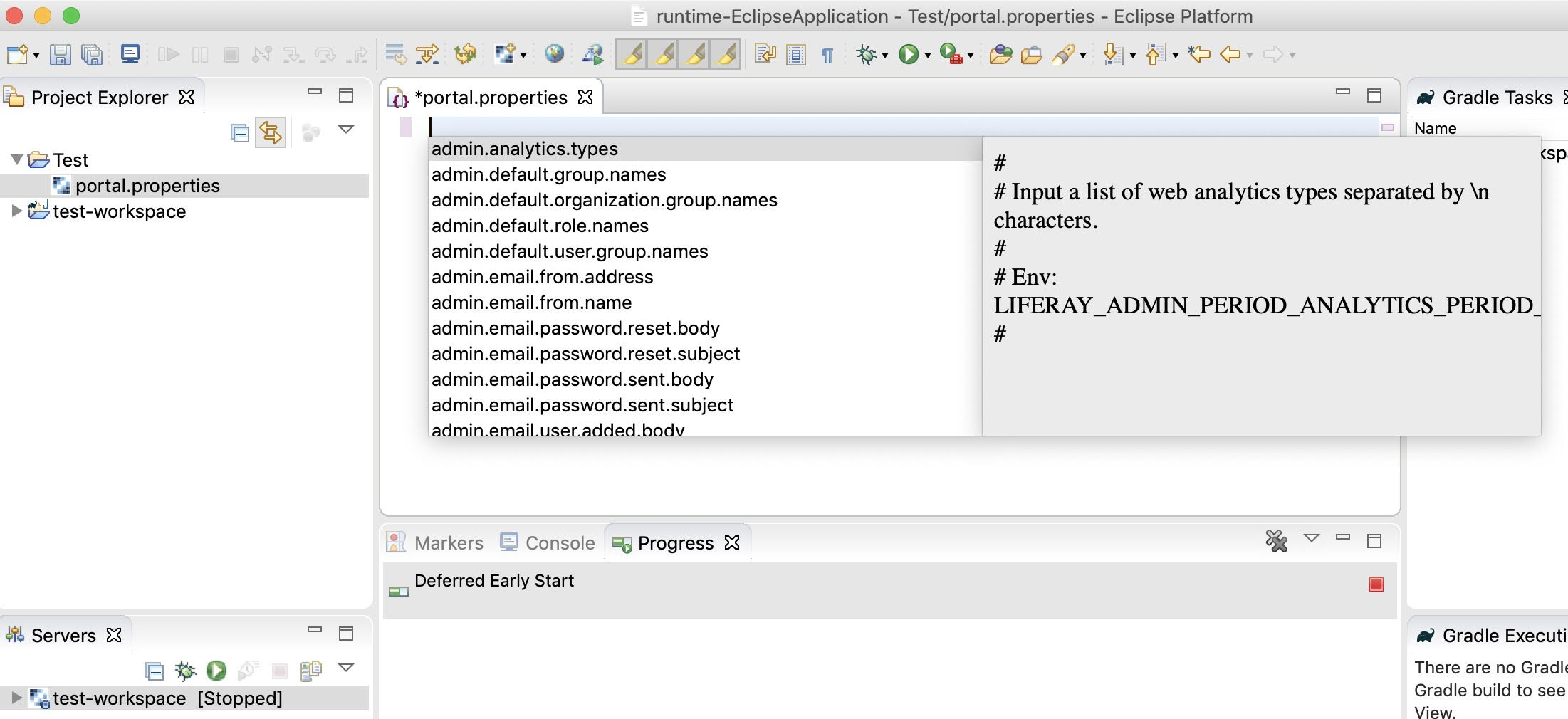

Its syntax is Java syntax, but with fewer rules, which makes it easier to read. As its name suggests, Groovy is the chiller, more relaxed cousin of Java. GroovyĪpache Groovy is really a programming language, not a straightforward tool or library, but its ubiquity and value for testing merits its inclusion on this list. If you’re looking for flexibility, ease of use, and speedy builds, Gradle is your build tool. Gradle makes smart decisions about when to avoid unnecessary work for example, it will reuse build outputs from previous builds and keep a daemon running to keep information in memory. Gradle files are generally broken up into tasks, which allows for incremental development and means less time getting stuck in dependency hell. Its conventions are useful, but you can easily override them if you need to. Gradle strikes a good balance between extensibility and structure. The majority of Gradle’s documentation is written using the Groovy DSL, but the Kotlin DSL has better integrations with IDEs. Unlike older tools such as Apache’s M aven and An t that use XML build files, Gradle uses two domain-specific languages (DSLs): Kotlin and Apache Groovy.
JPROFILER INTELLIJ PLUGIN TUTORIAL ANDROID
Gradle is a relatively new build-management tool, but it’s already attracted a huge following in fact, it’s the default build system for Google’s Android operating system. And while no one tool is perfect for everyone, we looked at 11 top choices-listed in alphabetical order-to help you consider which ones might be best for you and your projects. Fortunately, there’s no shortage of frameworks, build tools, profilers, and integrated development environments (IDEs) available to Java developers. Create a class named MyDialogWrapper.It’s as true for Java developers as it is for woodworkers: You can’t do the job right without the right tools. Let’s create a dialog with these 4 input fields.

Going one step forward, we’ll save all of these 4 parameters, in case user just wants to re-trigger a build. So we can persist such information so that user wouldn’t have to enter that every time. But if you notice, some of these parameters would change rarely.įor example: API Key and App Slug would change rarely for a particular app. The user shouldn’t have to enter this every time he wants to trigger a build.
JPROFILER INTELLIJ PLUGIN TUTORIAL HOW TO
They’ll help you out with some basics of the project structure and how to create a simple GUI interface. We’ll create a plugin to trigger builds from the IDE itself.Īlso, it’s recommended to go through the previous 2 posts quickly (although not a necessity).


We’ll be building something that you can actually put to use and also share among your friends/colleagues, a plugin to trigger builds on Bitrise from within the IDE !įor those of you who don’t know what Bitrise is, I recommend checking this out. IntelliJ Plugin Development Tutorial Pt.In this part, we’ll take a look at persisting state in an intellij plugin. In the last two parts we learnt how to set up the project and how to handle user input in intellij plugin. This post is the third part of the IntelliJ Plugin Development tutorial series.


 0 kommentar(er)
0 kommentar(er)
